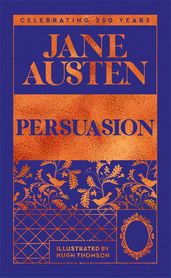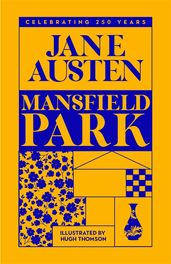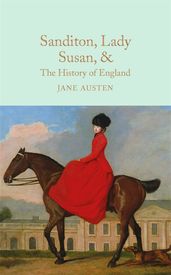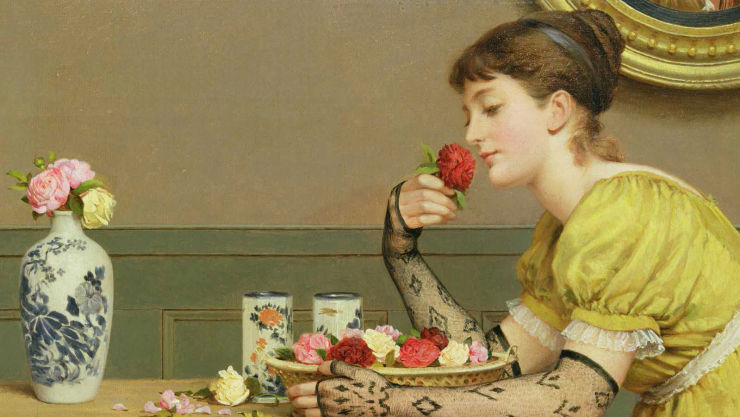The ultimate guide to Jane Austen's books
It is a truth universally acknowledged, that no one can write quite like Jane Austen. If you're not sure which of her novels to read first, or you're looking to re-read your favourites, our guide to Jane Austen's books is the perfect place to start.
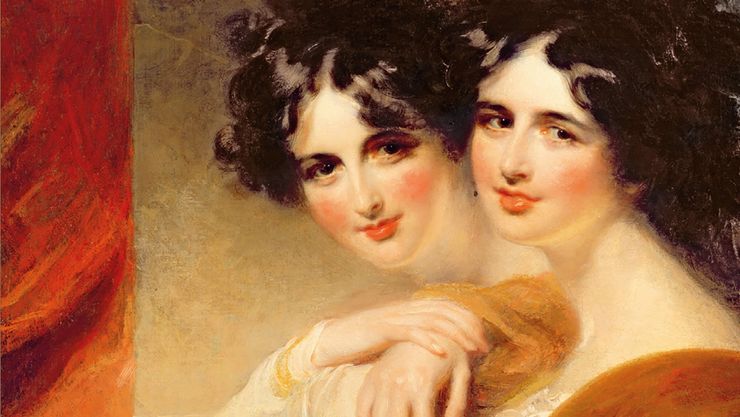
Jane Austen, one of the most famous writers in the world, wrote six full-length novels. You may have read some, studied others, and been captivated by adaptations of them all on both the big and small screens.
And it's no wonder that more than 220 years after she penned her first work, we're all still enraptured by Jane Austen's books. All of her novels are beautifully written and feature casts of characters that are impossible to forget. They share common themes – love, class difference, societal expectations, money, family and class – but each book has a distinct character and feel all of its own.
Her books are all so celebrated and so good, that it can be difficult to choose which one to read next. So whether this is the first book by Jane Austen you've ever read, or you're looking for your next classic to curl up with and curious as to which of Austen's novels is the 'best', here’s a quick and simple guide to help you choose.
Jane Austen's Books
If you only read one Jane Austen book . . .
Pride and Prejudice
by Jane Austen
Dive into Jane Austen’s most famous novel which features the pitch perfect love story between headstrong Elizabeth Bennet and the aristocratic Mr Darcy. When they first encounter each other they really don’t get on and that’s the magic of this timeless romance; both must have their pride humbled and their prejudices dissolved before they can acknowledge their love for each other. But if you think Pride and Prejudice is just an entertaining rom-com (and there’s nothing wrong with that!) then think again: there’s much more going on here. Jane Austen cleverly unpicks the rigid social rules of her time and explores the tension between ‘truths universally acknowledged’ and authentic human feelings.
The most romantic Jane Austen novel
Persuasion
by Jane Austen
Anne Elliott is twenty-seven and single – and by Regency England standards, that’s old. But Anne was once in love and engaged to Frederick Wentworth. Sadly, her friend Lady Russell persuaded her not to marry him –convincing Anne that he was too poor and not a good match – so Anne broke off the engagement. Anne and Frederick meet again eight years later and their circumstances have changed – he’s now a triumphant war hero and she’s fallen on hard times. Can they find love again? Read Jane Austen’s most contemplative, mature and romantic novel to find out.
The most heartfelt Jane Austen novel
Sense and Sensibility
by Jane Austen
The story of two sisters and their search for love, a home and security. Elinor is the sensible and responsible one, Marianne is emotional and impulsive. It’s a lovely premise as the two sisters both clash and come together for each other. Elinor loves a man who is promised to another woman, Marianne loses her heart to a scoundrel who jilts her. Elinor feels too little and Marianne feels too much, and in her first published novel, Jane Austen sensitively explores the problems of disclosing one feelings in a society governed by rules and constant scrutiny.
The most controversial book Jane Austen wrote
Mansfield Park
by Jane Austen
This is the Austen novel that most divides opinion. Fanny Price is not your usual Austen female protagonist – she’s a quiet and timid child who’s sent by her impoverished parents to live with their wealthy relatives, the Bertrams, at Mansfield Park. Treated with disdain by three of her cousins, she finds her only comfort in the kindness of the fourth, Edmund. Their friendship develops into romantic love – until the arrival from London of the sophisticated Henry Crawford and his vivacious sister Mary causes an emotional upheaval that no one in the family expects. Fanny must work hard to stick to her own moral code amidst the frivolity of wealthy society.
The best Jane Austen book for stories of female friendships
Emma
by Jane Austen
Emma Woodhouse is spoilt, rich and beautiful. And she always thinks she knows best. She’s charming and flawed – she wants to help her friends but she’s too insensitive to realise that her attempts at matchmaking lead to chaos and misunderstandings at every turn. The result? A glittering comedy of manners, a twisty-turny plot and a voyage of self-discovery for one of Austen’s most endearing – and infuriating – central characters.
The funniest Jane Austen book
Northanger Abbey
by Jane Austen
Northanger Abbey is fun, lively and full of drama. And, most importantly, it’s a properly funny send up of the gothic novel genre. This is the story of Catherine Morland, a naive teenager who’s addicted to romantic, gothic novels. She’s excited to leave her dull home town for the delights of popular Bath and once there she imagines the kind of mystery and intrigue she finds in her favourite reads. In Northanger Abbey itself, she suspects a sinister crime has occurred. But how can she reconcile such drama with the reality of life?
The book Jane Austen never finished
Sanditon
by Jane Austen
Jane Austen was only forty-two when she died. She was working on a novel, but very sadly, after eleven chapters she was too ill to continue writing and she passed away just months later. Sanditon is a fictitious sea side town, a new and fashionable playground for people who want to be see and be seen. Although only a fragment of a novel, Austen still manages to create her usual cast of characters and she pokes fun at society’s obsession with all things new. It’s very tempting to finish an unfinished novel and many people have taken on the task on page and screen.

